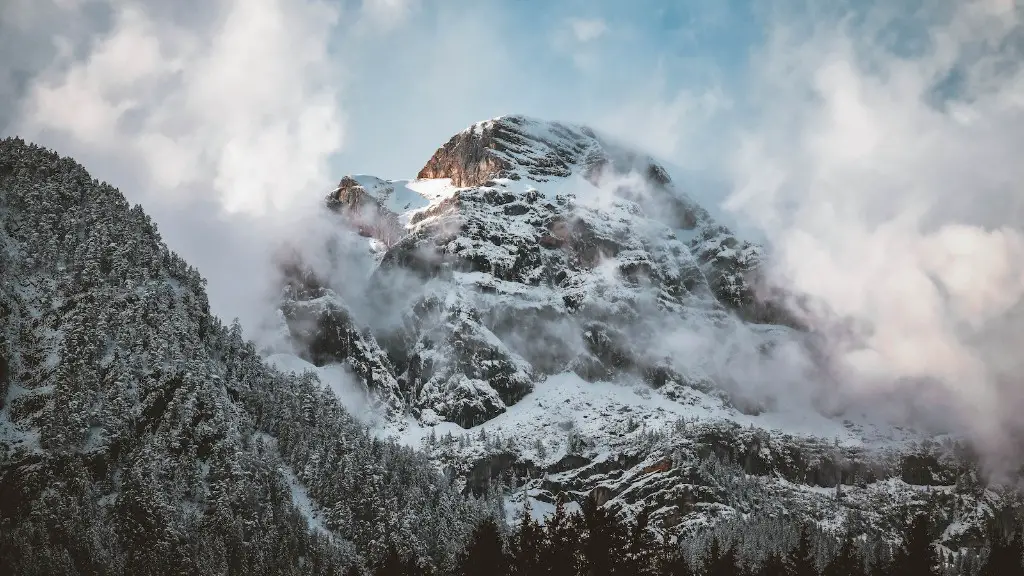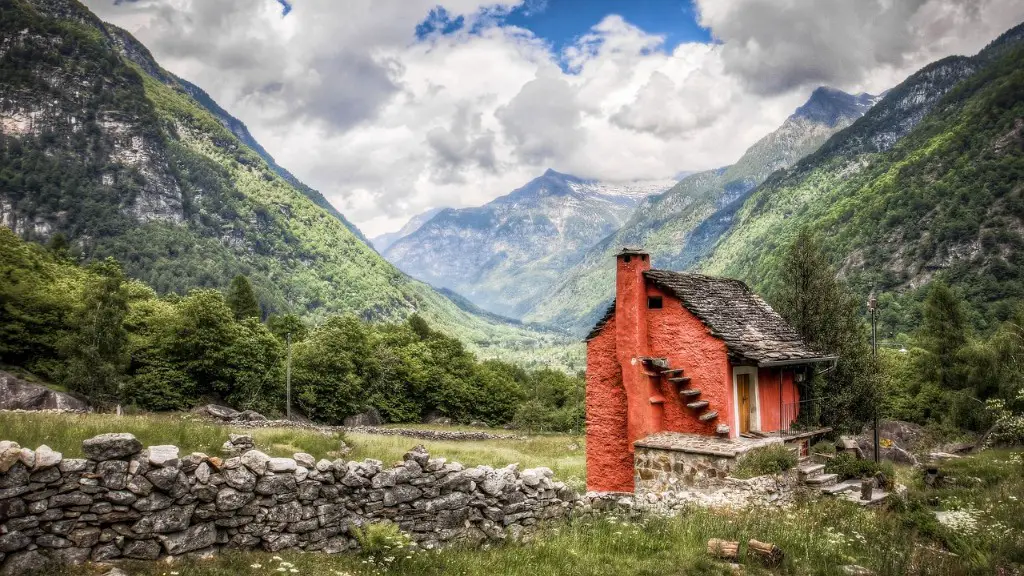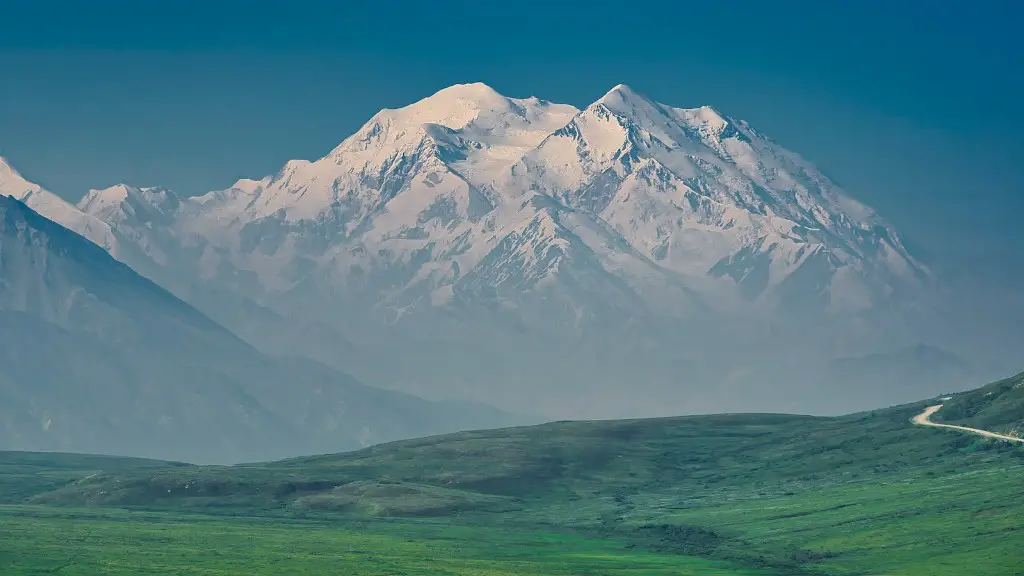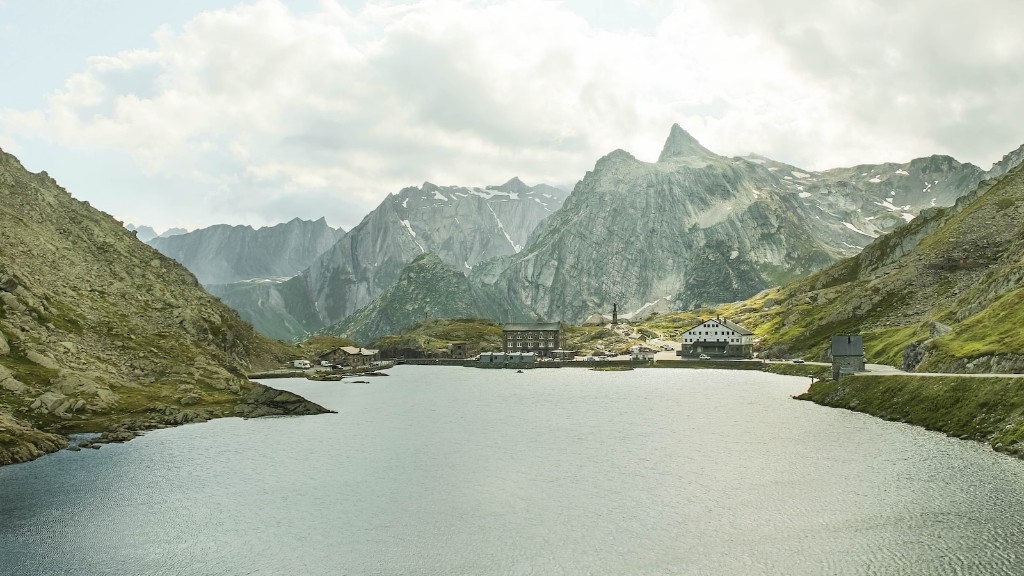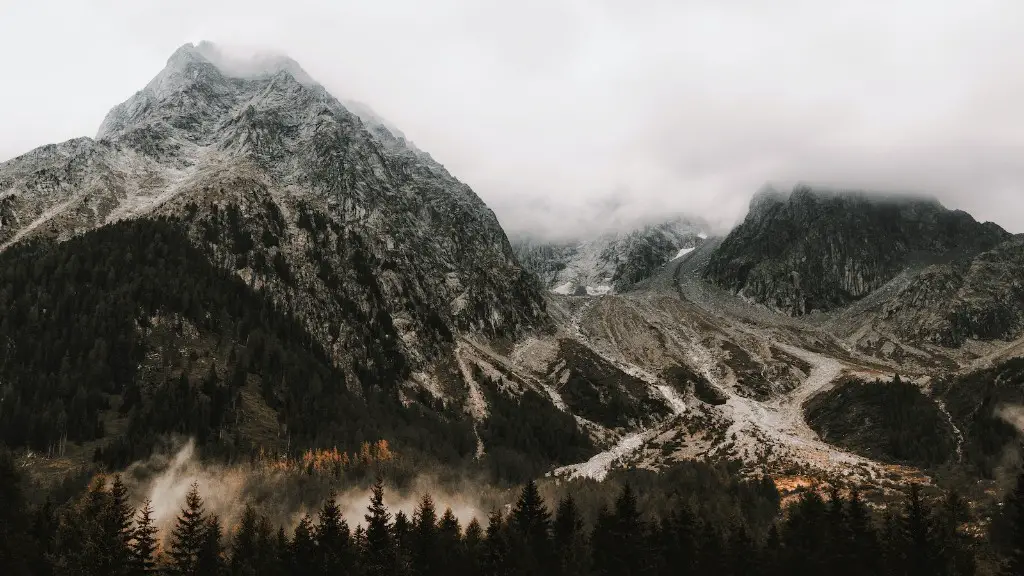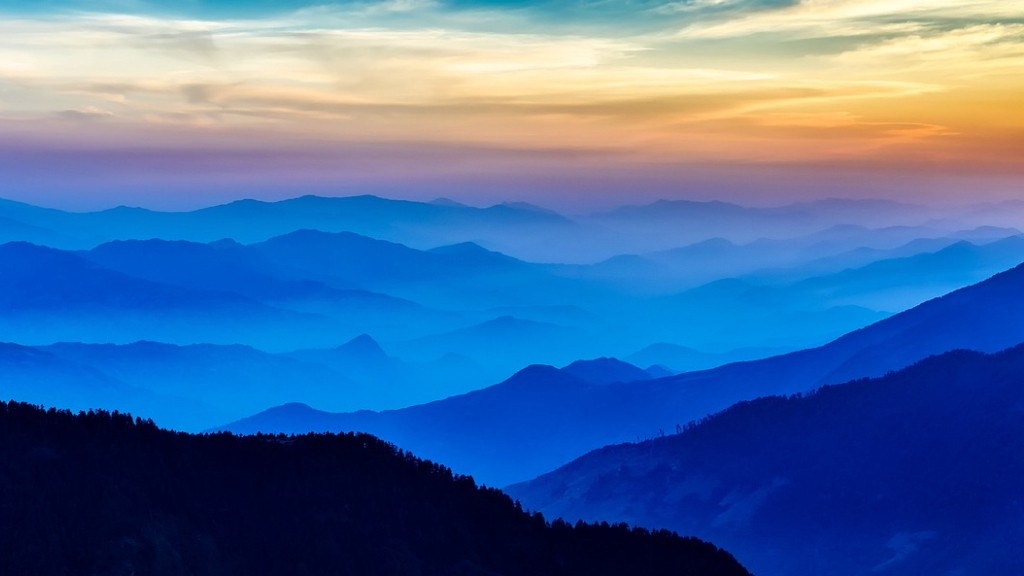Mount Everest, the world’s tallest mountain, rises 8,848 meters (29,029 feet) above sea level. The summit of Everest is in Nepal’s Sagarmatha National Park, and the Nepalese government requires all climbers to obtain a permit. Approximately 500 people attempt to climb Everest each year, and about half of them succeed.
It typically takes two months to prepare for a summit attempt of Everest. The first step is acclimatization, which involves slowly increasing your time at altitude to adjust your body to the lower level of oxygen available at high altitudes. This process typically takes about three weeks. The next step is to make a series of day hikes from your base camp, gradually increasing the elevation until you reach the summit.
Since bad weather can cause delays at any point in the process, it’s hard to say exactly how many days it will take to climb Mount Everest. However, most climbers spend about two months on the mountain, from the time they arrive at base camp until they summit and return to base camp.
The answer to this question depends on a number of factors, including the climber’s strength, experience, and weather conditions. Generally, it takes between two and three weeks to summit Mount Everest.
Can you climb Everest in 24 hours?
This is an incredibly challenging feat, and is only recommended for experienced mountaineers. However, if you are up for the challenge, it can be done! The key is to be well-prepared and acclimatized before attempting to summit both Everest and Lhotse in such a short time frame.
The three main reasons it takes so long to climb Everest are the trek in, the acclimatization, and the weather. The trek can be skipped by taking an expensive helicopter ride from Lukla to Base Camp if the weather allows. If not it’s a 8-14 days trek depending on resting and acclimatization.
Why does it take 40 days to climb Everest
The higher the peak, the more efficient our bodies must be at using oxygen, so the more we must acclimatize. The highest mountains in the world are over 8,000 meters (26,400′) and the air is so thin (low in pressure), it takes weeks for our bodies to even be able to survive at the altitudes where we camp. Our bodies have to slowly adjust to the lack of oxygen and thin air. We have to drink lots of water, eat high-energy foods, and sleep as much as possible.
In order to successfully summit Everest, you must be incredibly physically fit; most people spend at least one-year training to climb the mountain. You should also be comfortable on AD-rated climbs with previous experience at high altitudes.
Can you shower on Everest?
There are plenty of places where you can shower on the Everest Base Camp Trek. The only issue is that sometimes the water isn’t hot. All of the showers available on the trek are heated by solar power, so if it’s been a cloudy day or for a couple of days you’re not going to get any hot water.
The Mt Everest top sees its coldest temperature from the Mid-December until the Late-January where the average temperature revolves around -37°C(-35°F) Similarly, the average temperature at Everest Base Camp during the winter season is around -17°C(14°F). The coldest temperature ever recorded on the summit of Mount Everest was -60°C(-76°F) on the 21st of January, 1985.
Can you climb Everest for free?
Hey there!
I wanted to let you know about a great opportunity to go on an amazing trek for free! All you need to do is find ten people to join you on the trip and they all pay for their trek. Then your spot is FOR FREE!
This is a great opportunity to explore the outdoors with some friends and maybe even make some new ones. So spread the word and let’s go on an adventure!
There are two routes to scale the world’s tallest peak- one from the Everest North side in Tibet and another from the Everest South side in Nepal. Chinese authorities impose an age limit of 18-60 in Tibet, while in Nepal, climbers must be a minimum of 16 years old but there is no upper age limit.
How long are you in the death zone on Everest
The Everest Death Zone is a term used to describe the area above 8,000 meters (26,247 feet), where the air is so thin that human beings can’t survive for long without supplemental oxygen. Above this altitude, the human body begins to shut down, and death is inevitable without medical intervention.
The majority of deaths on Everest occur in the death zone, and it is estimated that for every 10 people who die on the mountain, seven of them die in the death zone. Most of these deaths are due to exposure, exhaustion, or altitude sickness.
There are a few things to keep in mind if you find yourself in the death zone:
First, it is important to remember that you are in a constant state of physical and mental decline. Your body is slowly shutting down, and your judgement, coordination, and decision-making will all be affected.
Second, you need to be aware of the danger of becoming disoriented or lost. It is easy to lose your way in the death zone, and even the most experienced climbers have been known to get lost and die.
Third, the cold is a major hazard in the death zone. Hypothermia is a serious risk, and even if you don’t succumb
The Khumbu Icefall is the most dangerous part of an Everest expedition, even with the extensive systems of ropes and ladders installed each climbing season by the ice doctors. Every year, there are reports of accidents and even deaths in the Icefall, as climbers fall through the cracks in the ice or are hit by falling chunks of ice. It is a constant reminder of the potential dangers of mountaineering, and a sobering reminder of the respect that we must show to the mountain.
Do you age faster on Mount Everest?
High altitude hypoxia can increase the death rate and decrease life-expectancy due to the production of nitric oxide and ROS. These substances can accelerate aging and cause various health problems.
Our award winning team have been granted permits to sleep in Everest Base Camp even though, traditionally, only teams with expedition permits have been allowed to sleep there. Sleeping at Everest Base Camp is one of the more unique adventure treks out there. It’s an experience that not many people get to have. We’re excited to be able to provide our team with this opportunity.
What’s the fastest someone has climbed Everest
Nims Purja has set two new world records, one for summiting Everest, Lhotse and Kanchenjunga in eight days and another for summiting all 14 of the world’s 8000m peaks in just seven months. These are amazing feats that display both his incredible physical strength and his mental fortitude. Purja is an inspiration to all who dream of pushing their own personal boundaries, and his records are sure to motivate others to attempt their own challenges.
The cost of climbing Everest has been on the rise in recent years, with prices ranging from $28,000 to $120,000 in 2017. In 2022, the cost of climbing Everest will be even higher, with prices ranging from $30,000 to $160,000. The average cost of climbing Everest in 2022 will be around $45,000. This is a significant increase from the cost of climbing Everest just a few years ago, and it is likely that the trend will continue in the coming years.
Are bodies removed from Everest?
When people die on Everest, it can be difficult to remove their bodies. Final repatriation costs tens of thousands of dollars (in some cases, around $70,000) and can also come at a fatal price itself: two Nepalese climbers died trying to recover a body from Everest in 1984.
At 3,600 metres, more severe symptoms can occur, and the acute altitude sickness can change into cerebral or pulmonary edema — where fluid leaks into your lungs or brain, respectively. At 5,000 metres, there’s about half as much oxygen in the air than at sea level. That means you’re breathing speeds up to compensate.
What illnesses can you get on Mount Everest
High-altitude cough and acute mountain sickness are common among Everest climbers. Mountain sickness results in headaches and shortness of breath, but can be managed by ascending no more than 1,000 feet a day, Kedrowski said. No one is immune to high-altitude cough, Freer said.
It is possible for a person to reach the summit of Everest without supplementary oxygen, but it is extremely difficult. The person would have to hyperventilate and have a high respiratory rate. Even then, the person’s arterial PO2 would be less than 30 Torr.
Final Words
It takes approximately two to three weeks to climb Mount Everest.
There is no definitive answer to this question as it depends on a number of factors, including the route taken, the weather conditions, and the individual climbers’ abilities. However, it typically takes between 60 and 80 days to complete a mountaineering expedition to Everest.
